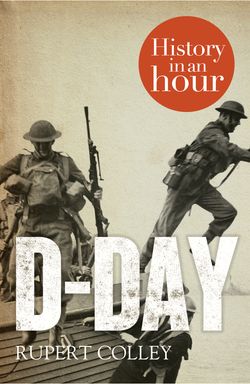Читать книгу D-Day: History in an Hour - Rupert Colley - Страница 9
The Mulberry Harbours
ОглавлениеA problem that vexed Morgan and his team was that without access to a port, the transport ships lacked a harbour that had sufficiently deep enough water. Vital to the success of the invasion would be the Allies’ capacity to bring in reinforcements and supplies (necessarily via transport ships) quicker than the enemy. The ingenious solution was to build two inflatable harbours in England (one for the Americans, the other for the British and Canadians), tow them across the English Channel, and plant them near the beaches. Churchill approved of the proposals, with orders to ‘Let me have the best solution worked out. Don’t argue the matter. The difficulties will argue for themselves.’ The harbours, each designed to be the size of the port of Dover, consisted of a series of large watertight concrete chambers to be anchored down as pier heads, linking a long stretch of steel roadway.
A concrete caisson being towed by a tug to form part of a Mulberry Harbour.
To ensure the provision of calm water off the Normandy coast, some sixty old merchant ships, codenamed Corncobs, were to be sailed across the Channel and then sunk in rows, thereby recreating the conditions of a sheltered harbour.
Meanwhile, work began on the world’s first undersea oil pipeline, 70 miles long from the Isle of Wight to Cherbourg. PLUTO (Pipe Line Under The Ocean) would pump a million litres of oil a day into northern France, reducing the reliance on tankers.
Engineers also designed airfields that could be constructed on site in Normandy to allow easier disembarkation for later waves of troops and, in the opposite direction, quick evacuation of the wounded.
